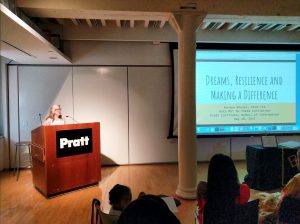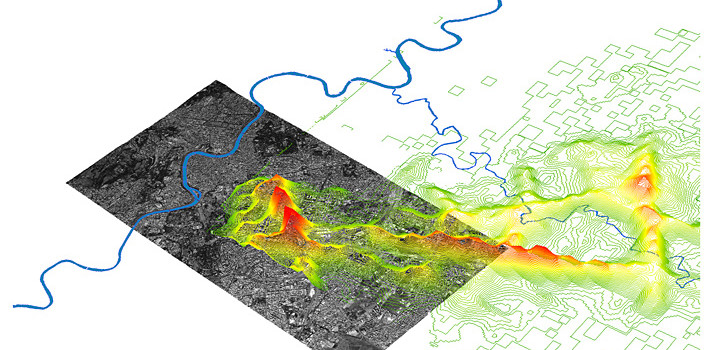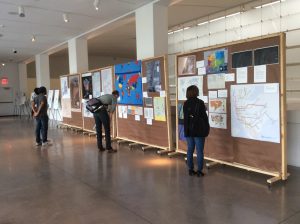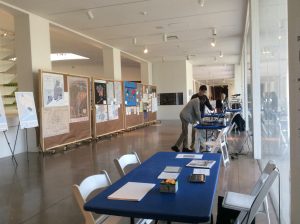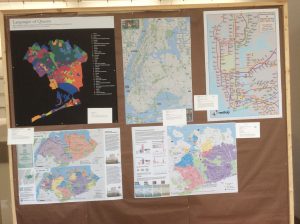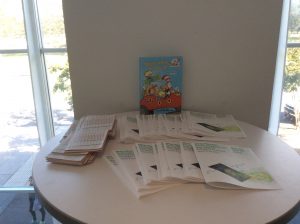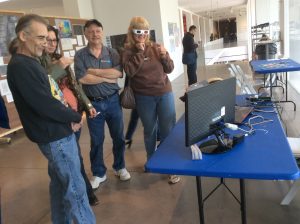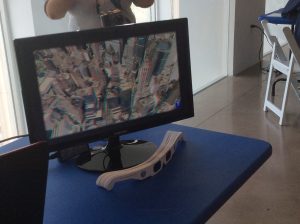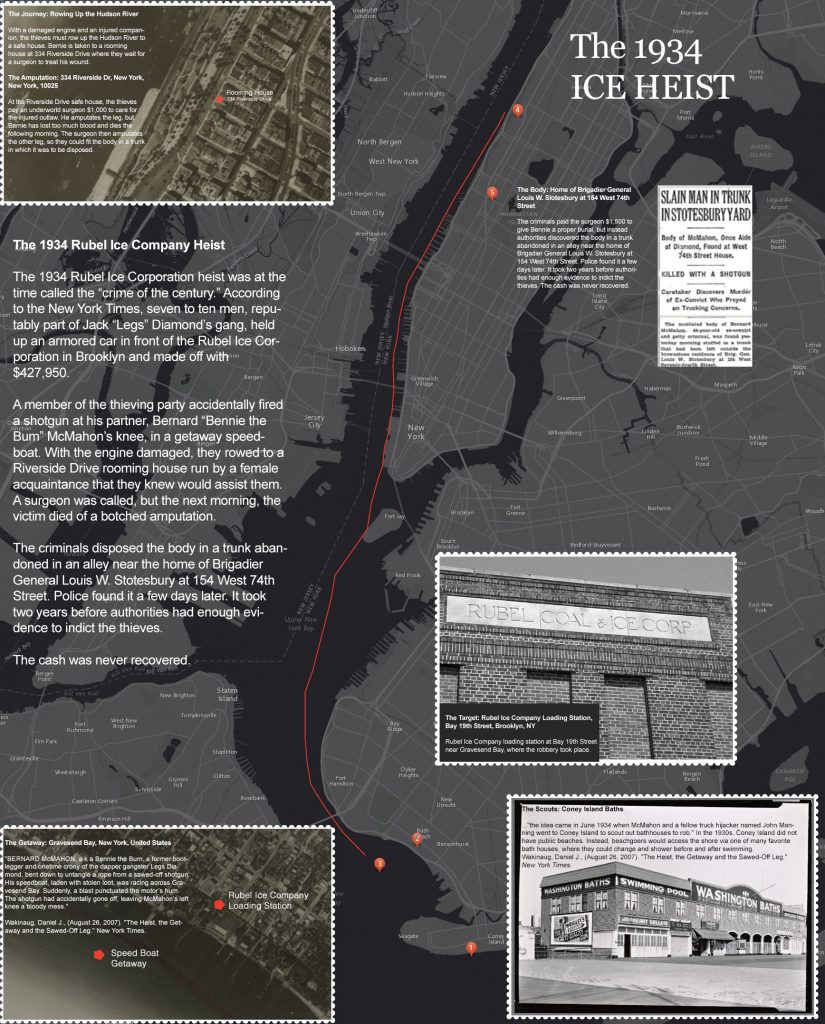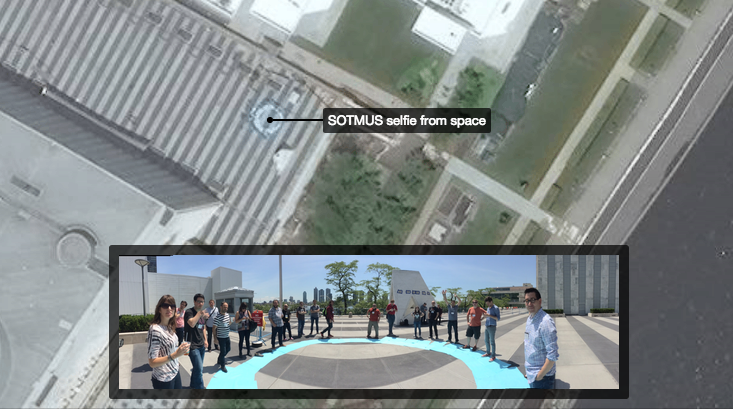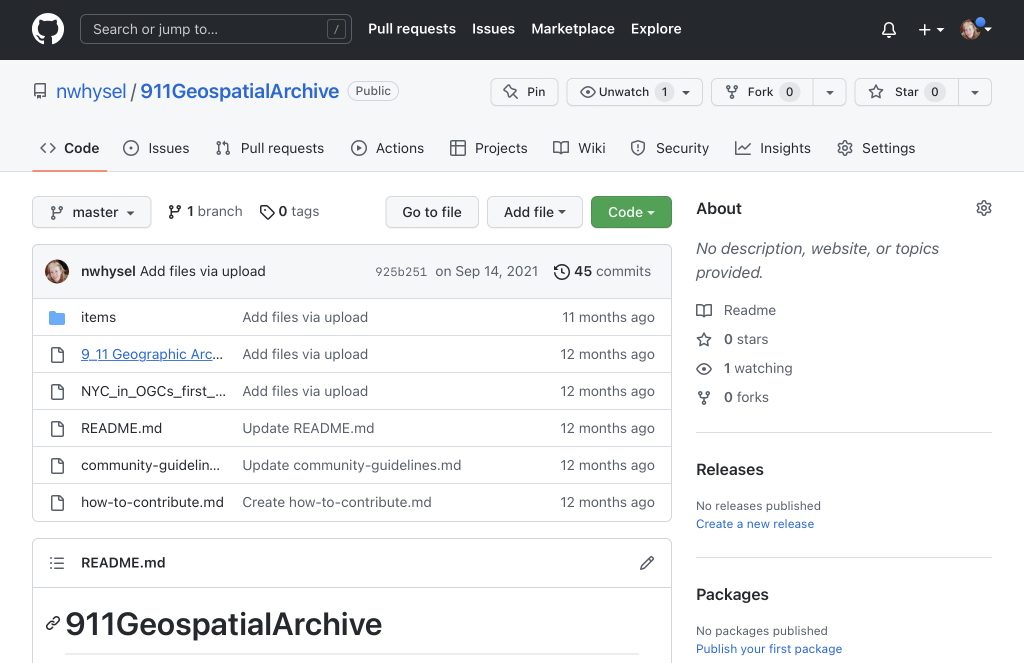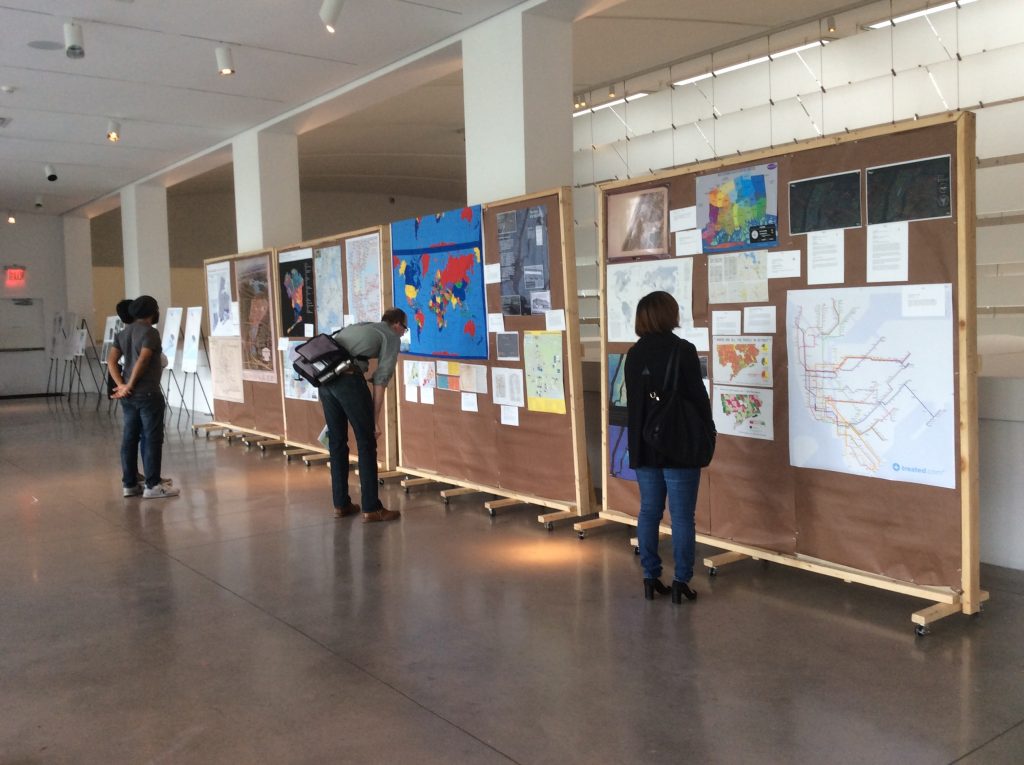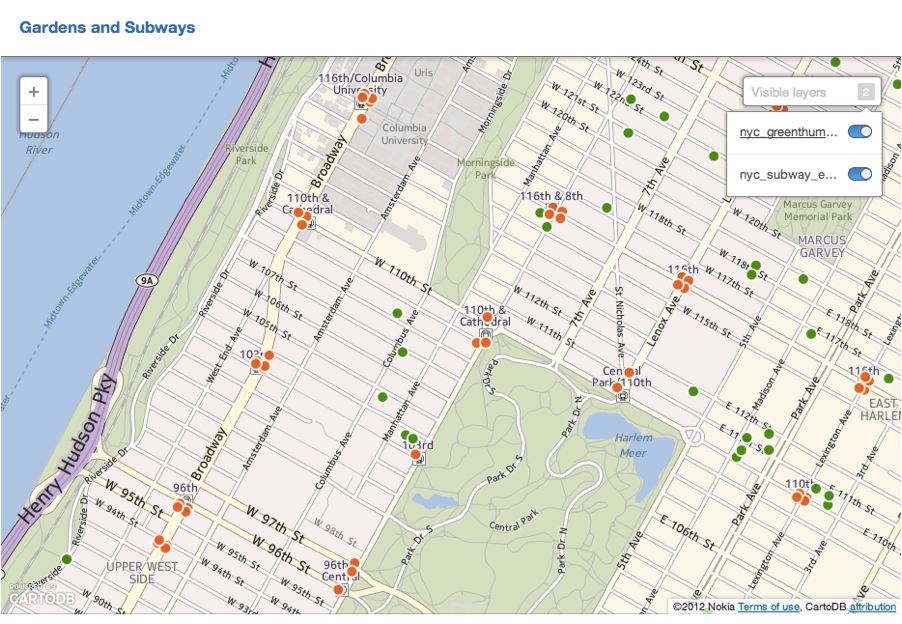Columbia Venture Community: Project Two.Eight
In 2022, I facilitated a workshop on Deriving Insights for Customer Development through effective user experience research for the inaugural cohort of Project Two.Eight, a startup incubator for female founders at Columbia University. I also serve as a design mentor on a continuing basis. Two.Eight, or 2.8%, is the share of venture capital funding that female founders receive relative to their male counterparts. At launch, that number had declined. We are working to change this.
Technology Transfer Days: Creating Cultures of Innovation
I have served as an advisor for the Technology Transfer Days since 2014. The program has been hosted by Microsoft and the NYU Center for Urban Science and Progress and serves to connect local technology startups to members of the U.S. Army USCENTCOM and NORTHCOM Innovation Office, NASA, Department of Energy, Department of Homeland Security, National Defense University, and Navy Postgraduate School. We match companies to S&I officers for private, facilitated meetings and plan and promote a public program including presentations by U.S. Veteran Entrepreneurs and the Department of Defense’s National Security Technology Accelerator (NSTA). Several organizations who participated in the November Geodata CEO Breakfast described below have received funding through TTD.
Other partners of the Technology Transfer Days program include the Brooklyn Small Business Development Center, NYC ACRE @ Urban Future Lab, Brooklyn Law Incubator and Policy Clinic (BLIP), Brooklyn CityTech, OWASP Brooklyn and GISMO.
Impact Hub NYC, 2018-2021
I have a long relationship with Impact Hub NYC, facilitating workshops for their various cohorts, including a service design workshop for Millennial financial wellness as part of their 100 Days of Impact program in 2017 and another financial wellness workshop in 2018 when Decision Fish was part of their United Nations SDG-themed 30for30 cohort. Most recently, I facilitated a customer development workshop for Impact Hub NYC’s Blueprint 2021 Impact Fellowship focusing on customer development and user experience design.
GISMO: Geographic Information Systems Mapping Organization
I have served on the board of GISMO, a NYC based geographic information systems community, since 2013 and have been an active member since 1992 when I was a real estate researcher at Price Waterhouse. GISMO has been the NYC chapter of the New York State GIS Association since 2013 but has existed as an open user group since 1990.
I have developed programs with GISMO and New York Geospatial Catalysts (NYGeoCATS) on a series of public and private meetings to introduce companies and individuals involved in the geodata community in New York City. These meetings are being facilitated with a goal to promote open access and availability of geospatial data from providers to users. Highlights include the GISMO 25th Anniversary gala, a CEO breakfast with the former U.S. National Geo-Intelligence Agency Director Robert Cardillo and facilitated meetings with Department of Defense innovation offices. We also curated a weekend map showcase at the Queens Museum.
We are currently working on a redesigned website that reflects more of the collaborative and advocacy work at GISMO. For more information about the work I am doing with GISMO and its GIS startup events, visit http://www.gismonyc.org/events/past-events/. Visit my GISMO portfolio page to read about these significant events where I co-led, co-curated or otherwise participated in committee leadership.

